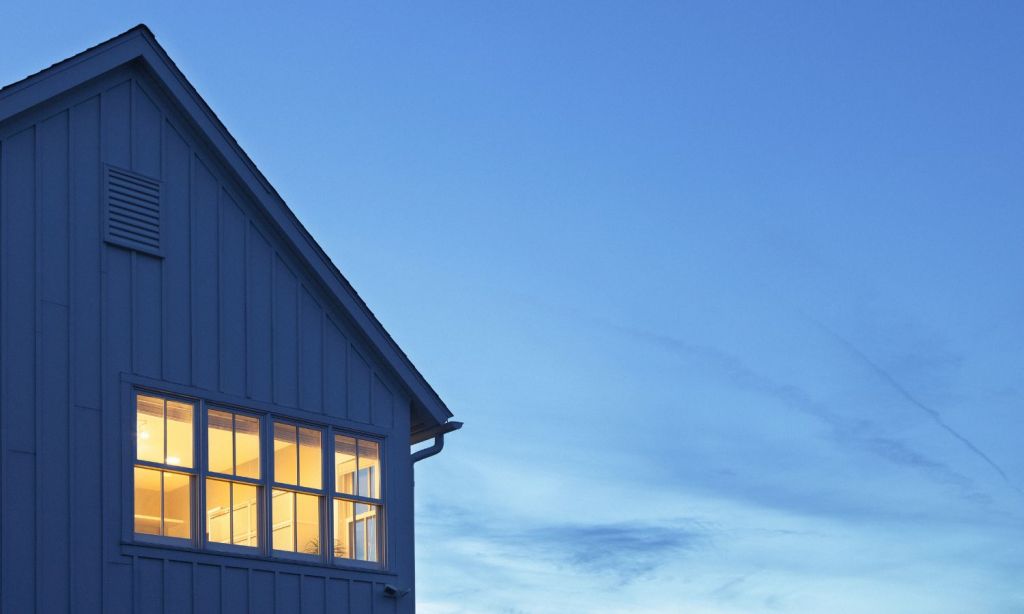Electricity bills are rising and, with summer coming up, they’re only going to continue to climb as you crank up the aircon to beat the heat.
There are some things you can do, though, to cut down on those costs. If you’re building your home from scratch, there are some elements you can incorporate into the structure and features that’ll help reduce your electricity bills long-term.
Or, alternatively, if you’re in an existing build but are open to updating it, there are a few key tweaks you can make that’ll also cut down on your energy use and therefore spending.
Related: 6 Home Upgrades That Could Help You Save Money on Electricity in the Long Run
Related: Save $1899 While Saving the Planet From Climate Change — Here’s How
Ahead, with the expert advice of Albert Mo, Director of Melbourne-based architectural and interior design firm Architects EAT, we share five of them.
Pay Close Attention to the Windows
When it comes to windows, Mo says you should consider four of their elements.
“With function, think about does the window open? Is it louvred? Fixed? Sliding?,” says Mo. “All of these questions relate to ventilation – different windows create different opportunities to harness airflow.”
The next consideration is the glass itself. While Mo says that double glazing is recommended, the technical specifications are not always created equally. Do your research on what glazing is recommended for your climate or hire a contractor to do it for you.
In terms of shading devices, these could be external awnings and window hoods to prevent sun from hitting the glass or internal blinds and shades that allow sun to pass through the window and then filter the sun once it’s inside.
“Finally, look at just how much glass you’re using,” says Mo. “At the end of the day, glass lets in lights and heat. Unnecessary use of glass contributes to significant heat loading. All of these decisions have different impacts on internal temperatures and can further reduce the need to mechanically cool a space.”
Track the Sun
According to Mo, the sun path should ultimately be the driving force behind the plan of your home if you live in a hot climate. In Australia, morning light comes from the east, midday sun from the north and afternoon sun from the west.

“Designing for northern sun is one of the first decisions homeowners should make,” says Mo. “This simple study will create an early mud map of special organisation of your home. Can you use landscape to protect hot areas of the house? Should your living room capture sunlight or hide from it?”
These conversations can only be had if you understand the orientation, says Mo.
Think About the Stack Effect
The stack effect uses the natural effect of hot air rising to cool houses. As hot air rises, cold air is sucked along behind it. By creating openings at the top of a building that allow hot air to escape, cold air can be dragged through the rest of the house.
“This is particularly effective in taller buildings, but in smaller homes, it can be applied in voids like stairwells or at other high points in the house,” she says.
Install Ceiling Fans
Ceiling fans are also worth installing as they tackle the same problem as the stack effect, explains Mo. They move hot air away from the spaces you live in by creating a draught. For humid climates, they are particularly important to keep moisture on the move.
“They are an excellent and effective option for cooling spaces when you need something easy to install and at low cost,” says Mo. “They are low impact when it comes to energy usage.”
Consider Using Solar Panels
Finally, consider installing solar panels, with Mo calling them a critical consideration. Though they might be a significant cost to install, they’re made to last more than 25 years and will save big on your electricity bill.
“Capturing energy from solar panels has a significant effect on the running costs of your home,” says Mo. “Creating a home that responds to climate is much more than just improving on the electricity bill. Buildings that respond to climate ultimately create places people want to be in, it will minimise maintenance on the home and inevitably create a more valuable place to live.”
Read more stories from The Latch and subscribe to our email newsletter.


